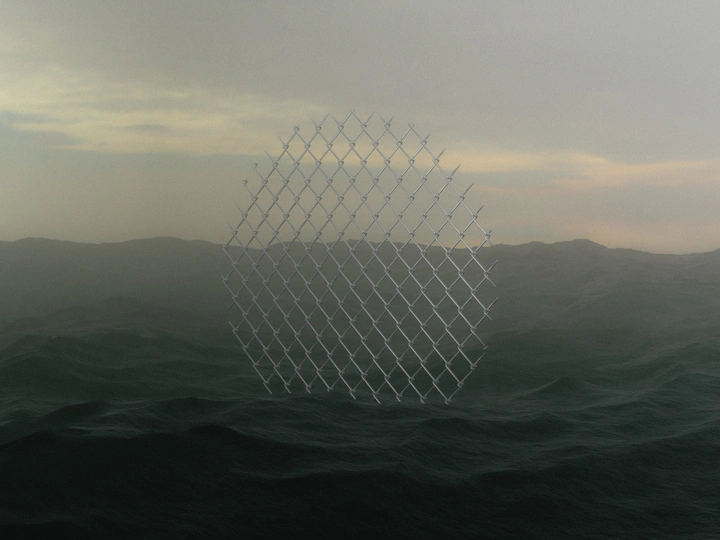There Are No Fixed Lines on Moving Ground

My name is Mila and I completed a Masters in Architecture and Urban Planning at the University of Stuttgart, Germany. During my studies and through several work experiences, I found myself being most passionate about writing. I like the relations between built reality and written words and perceive the intersections between those as a very valuable meeting point for lively discourse. My writing is guided by the study of human movement through and with space and I therefore consider knowledge as something flexible that can always be developed further.
To deepen my writing skills and expand on contemporary discourses, I chose to enrol in the MA program History and Critical Thinking in Architecture at the Architectural Association in London. I am convinced that these studies sharpened my way of thinking and made me more cautious about the nuances of architectural narratives and their historical contexts. I learned how to use my writing skills to formulate my ideas but remain open to enrichment from different areas of knowledge within the process. Currently, I am writing my thesis which is concerned with the instrumentalization of glass for the imperial ideology of the British Empire, which I am analysing through the Crystal Palace of 1851.
As I am motivated to continue my writing beyond the university environment, I am always on the search for opportunities to write about different themes and submit my work for possible publications. As an emerging writer, my viewpoint develops from the core of the contemporary condition, which, through the parallelism of digitality and the necessity of environmental protection, gives rise to friction points and generates merged information. I am happy about every opportunity that allows me to rethink, learn and contribute to a broader architectural discourse.
Humans are territorial beings. They demarcate plots of land to bind identity, call them home and defend them if necessary. With adjoining territories, those demarcations become property boundaries, borders, no man’s land, fences, walls, rivers and seas. And so rises the figure of the neighbour, always present, but intrinsic enough to evoke curiosity. It is an abstract being, observed, fetishised, admired or hated from a distance.
Although neighbouring is a decisive component in architecture, the in-between state of the demarcation’s physical realisations were never precisely examined in its characteristics, chances and potential conflicts on local and global scales.
Looking at reappearing environmental catastrophes, it becomes evident that the distinction between different territories is very fragile, threatened to be consumed by droughts, floods, landslides or earthquakes.
The ground, therefore, questions the validity of human demarcations. Within a theoretical work, it will be investigated how the ground influences the formation of human identities in its scales of transformation.
In this context, systematic-geometric ground division will be juxtaposed with the growing occurrences of environmental migrants. The seemingly fixed will be questioned with the moving. The abstractly divided will be questioned with the material reality of the living and trembling ground humans are so dependent on.
The interrelations between ideological interests (demarcations), hyper objects (displaced people) and the truthfulness of the ground (an equal) ask to reconsider the definition of the neighbour being so strictly bound to spacial separations. By perceiving the ground as a living actor, the anthropocentric attitude is dissolved and the relationships between neighbours rooted in violence-laden illusions are superscribed. This can help us open up possibilities to use neighbouring as an active tool that can respond to the pressing climate crisis.